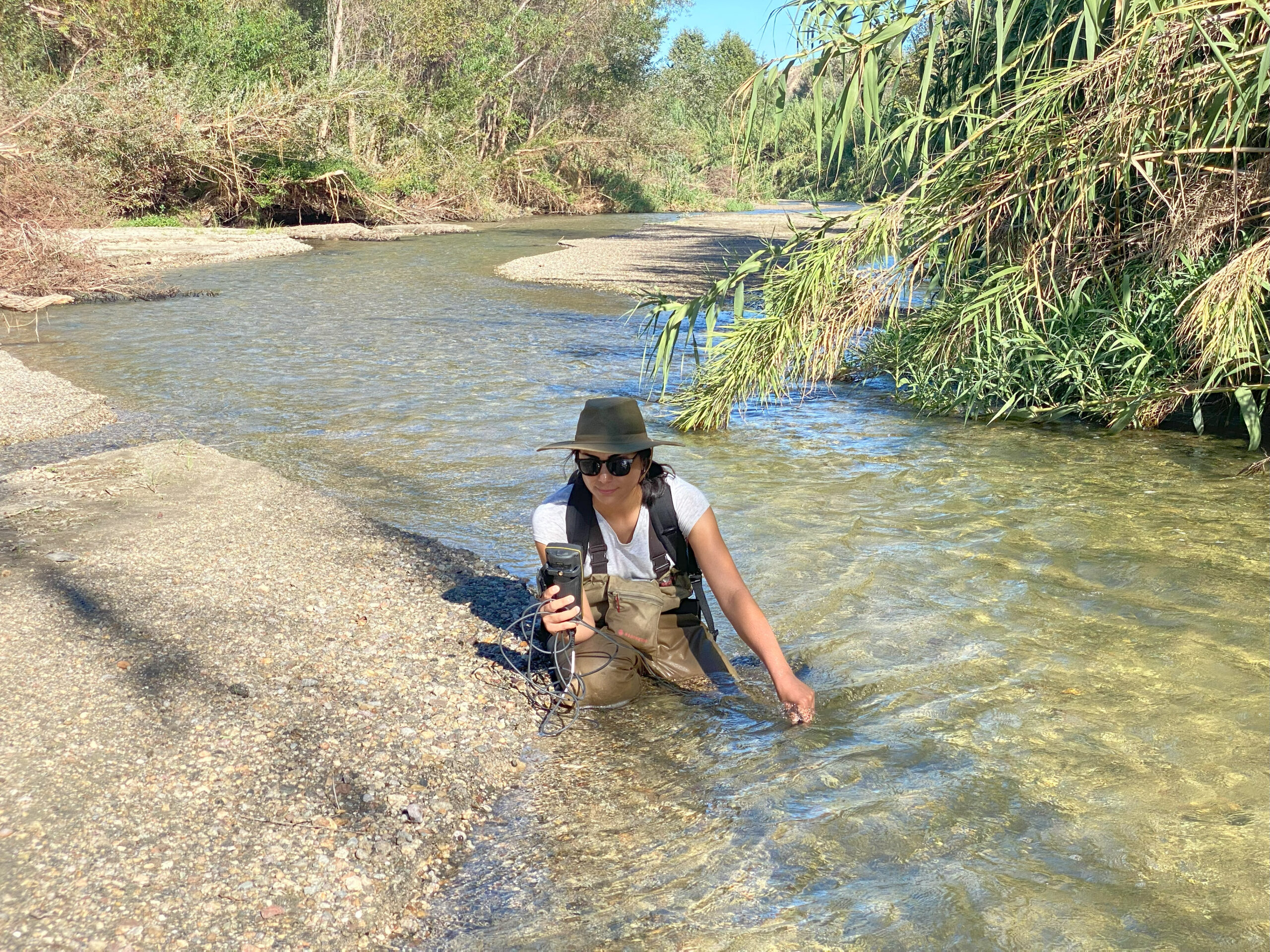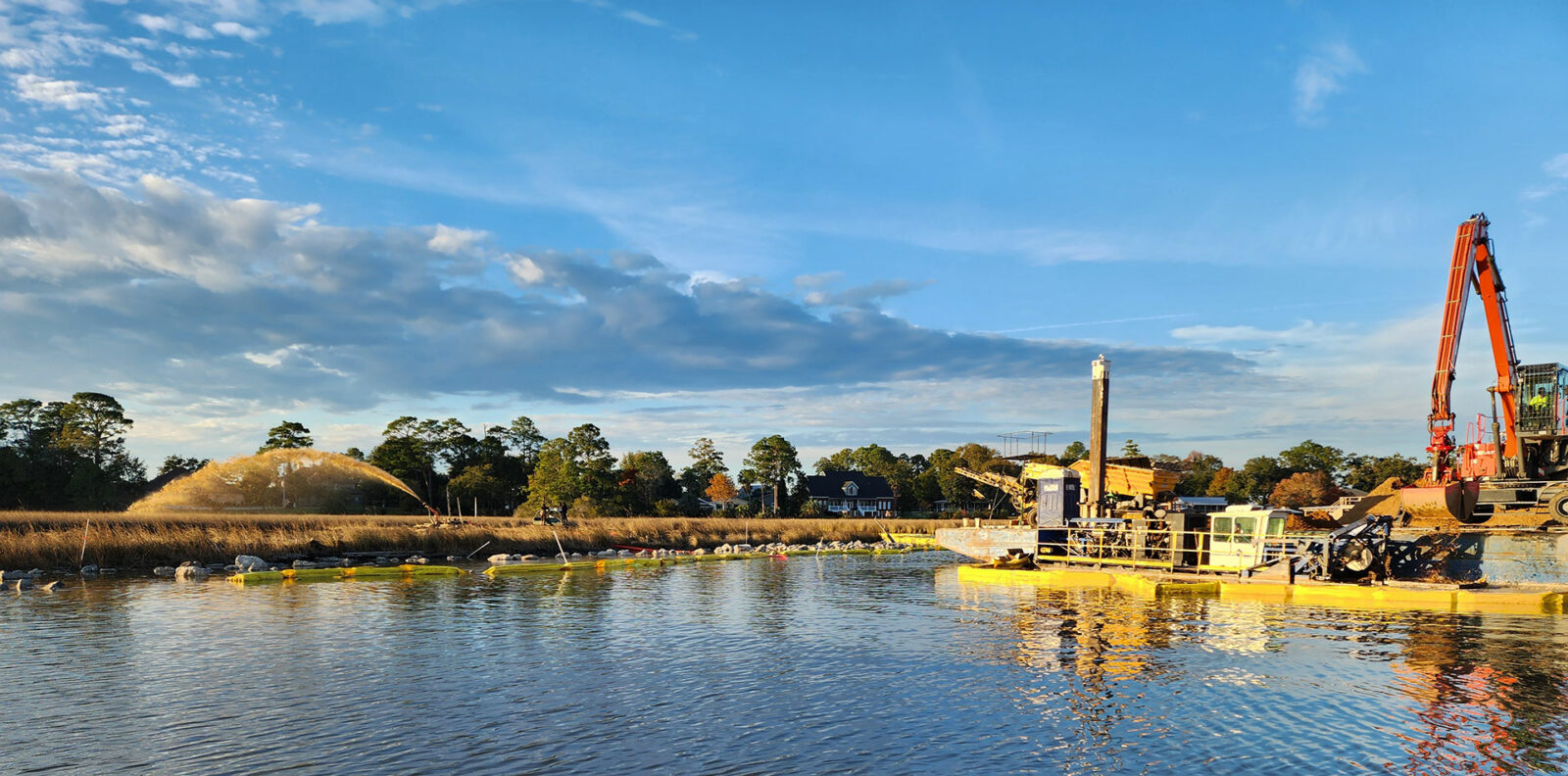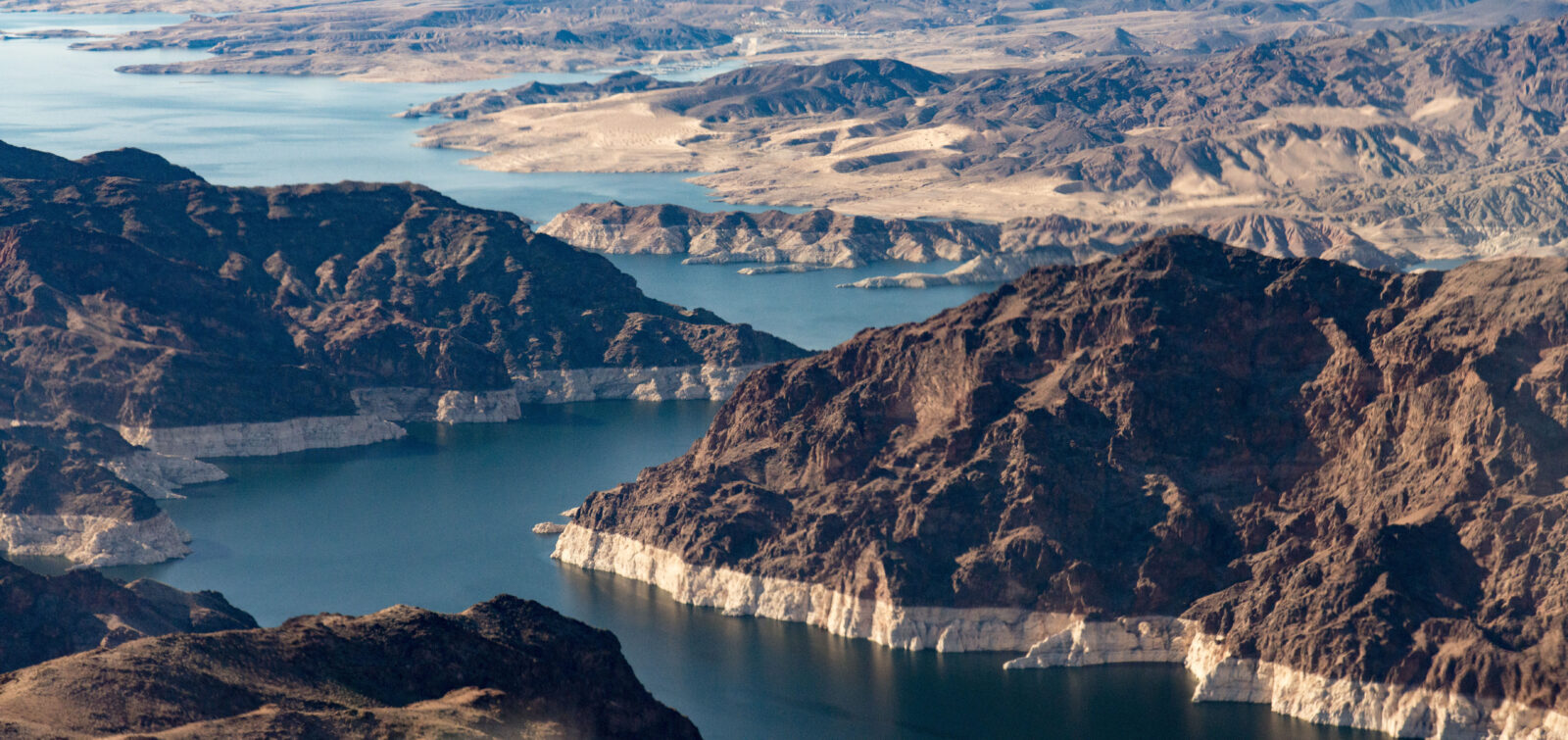To protect critical ecosystems and water supplies amid growing climate and regulatory pressures, ESA partners with clients nationwide to deliver flexible, sustainable approaches grounded in science and tailored to each region’s needs.
Water resources are under constant pressure, facing increasing strain from climate change and escalating demand. From California’s complex water conveyance systems to Florida’s unique river ecosystems, managing water supply, water quality, and ecological health requires forward-thinking, adaptive solutions. Our Water Resources, Fish and Aquatic Science, and Environmental Hydrology teams bring unique interdisciplinary expertise to develop sustainable strategies that strengthen water security for a variety of entities and interests.
From Data to Decisions
ESA employs cutting-edge research and modeling tools to address complex water issues, ensuring a balance between protecting natural ecosystems, securing critical supplies, and managing treatment and sustainable wastewater reuse challenges. Our practitioners support resource management processes through data-informed strategies, resulting in cost efficiencies and improved, sustainable environmental results.
“At ESA, we recognize that every water system presents its own set of challenges and opportunities. Our focus is on developing tailored solutions for the local environment that align with regulatory frameworks and sustain water resources and the ecosystems that depend on them.”
— Chris Fitzer, Fish and Aquatic Science Practice Leader
Whether in California or Florida, customized solutions are required to fit local conditions and regulations. For instance, we established critical minimum flow standards for Florida’s iconic Silver River, renowned for its glass-bottom boat tours and as a filming location for the original Tarzan movies. This wasn’t just about preserving a scenic attraction, but also safeguarding a vital resource. By conducting thorough scientific assessments and participating in administrative hearings, ESA’s work directly impacted water use permits and allocations, ensuring the Silver River’s health while managing water supply needs. This project is crucial to providing clean drinking water for the region, as major users such as Disney may experience a 30 percent increase in water demand over the next 15–20 years.

Central to our methodology is a diverse toolkit of advanced models and scientific techniques. ESA employs remote sensing and telemeter technologies to analyze systems at landscape scale and in real time; in-stream flow and habitat modeling to predict flow, water quality, and habitat response to different operational strategies; and specialized thermal tolerance studies conducted in collaboration with academic institutions like the University of California, Davis, to understand the potential for species-specific effects. These approaches enable our teams to simulate and assess alternative water management scenarios and provide clients with data-driven results and strategies that balance the needs of people and the environment.
Our toolkit includes:
- Remote sensing and telemetered technologies for landscape-scale and real-time analysis
- Field monitoring of water quality characteristics and ecological responses
- Computational modeling for water discharge and temperature management
- Collaboration with academic institutions on thermal tolerance studies
Navigating Water Temperature Challenges
Water resilience inherently requires flexibility. ESA’s strategies are adaptable to evolving regulations, climate conditions, and local priorities. Our expertise spans freshwater and coastal systems—from rivers and estuaries to groundwater and recycled water—enabling us to apply insights across regions while customizing solutions for each client.
In the face of rising concerns associated with in-stream temperature limits, we partnered with a groundwater agency and sanitation district to identify water temperature targets and thresholds rooted in the best science to protect cool-water habitats and evaluate temperature tolerances for local fish within California’s Santa Clara River. ESA gave resource managers actionable insights through detailed field and laboratory research and advanced modeling. Our work is being used to identify how groundwater interactions can be strategically managed to maintain these vital habitats, ensuring the continued health of aquatic life in the face of climate change.

Our commitment to knowledge-sharing from coast to coast enhances our ability to deliver customized, innovative solutions. By synthesizing lessons from diverse projects, we continue to refine our methodologies to help clients stay ahead of emerging challenges. Whether addressing the impacts of warm water discharges or safeguarding cold water refuges critical for native species, ESA’s experts design sustainable solutions for long-term preservation and management of dynamic natural systems.
Charting the Course Ahead
As water scarcity becomes more acute and regulatory landscapes shift, the path forward demands collaboration, innovation, and a commitment to lasting solutions. At ESA, we combine science, technology, and regional expertise to help clients meet today’s demands while building lasting solutions for tomorrow.
Together, we can ensure that water—our most vital and contested resource—continues to sustain life, communities, and ecosystems across the nation.
Our national team of water quality specialists are here to help you and answer any questions. Please contact Emily Keenan, Southeast Aquatic Sciences Program Manager, Tony Janicki, Senior Principal Scientist, Chris Fitzer, Fish and Aquatic Science Practice Leader, or Tom Barnes, Senior Water Resources Planner.







